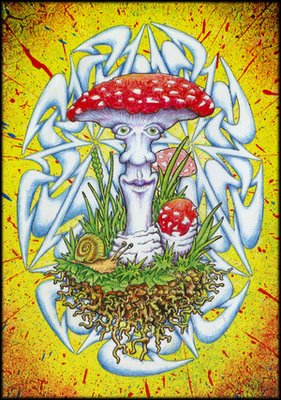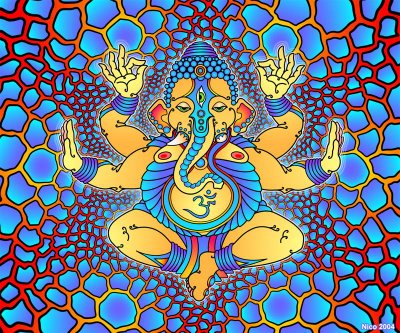The OHM a syllable is constituted by three letters: A, U and M. And pronounced OHM.
OHM What is the universal symbol of Yoga and Hinduism to the world, all schools of all ages.
Stroke is a yantra (symbol) and pronounced is a Mantra.
Mantra There are the Saguna and Nirguna Mantra. Saguna Mantra. - They have the translation and allude to a person, whose shape can be visualized.
Nirguna Mantra. - Can be translated or not, and are abstract in their meaning. For example: - "OHM (AUM) Namah Shivaya" is a Saguna Mantra because it refers to Shiva, the creator of Yoga.
Already OHM (AUM) alone is Nirguna Mantra because one does not refer to anyone but the Absolute. OHM (AUM) is the most powerful of all mantras.
OHM (AUM) is Creation, Preservation and Renewal of the Trimurti (Trinity) Hindu, formed by the gods BRAHMA , Vishnu and Shiva.
OHM
(AUM) Mantra is a highly positive feelings that prevents malevolent and
transmutes negative thoughts in their complementary high. operates deep in the nervous system and glandular. 's exciting and at the same time reassuring When writing the OHM ( AUM) in Sanskrit characters (deva nagari) it becomes a graphic symbol and is called Yantra.






